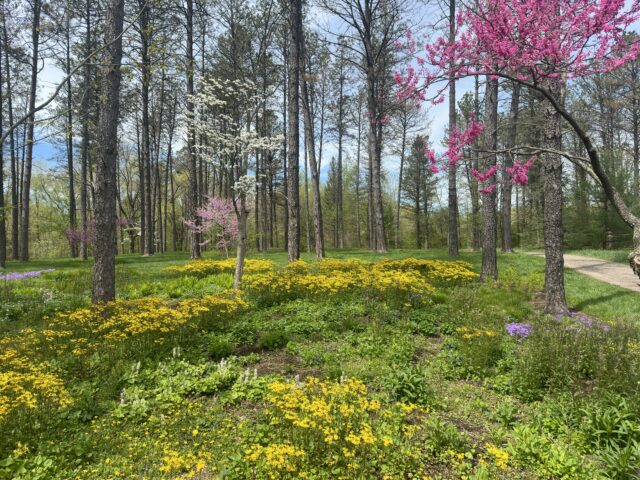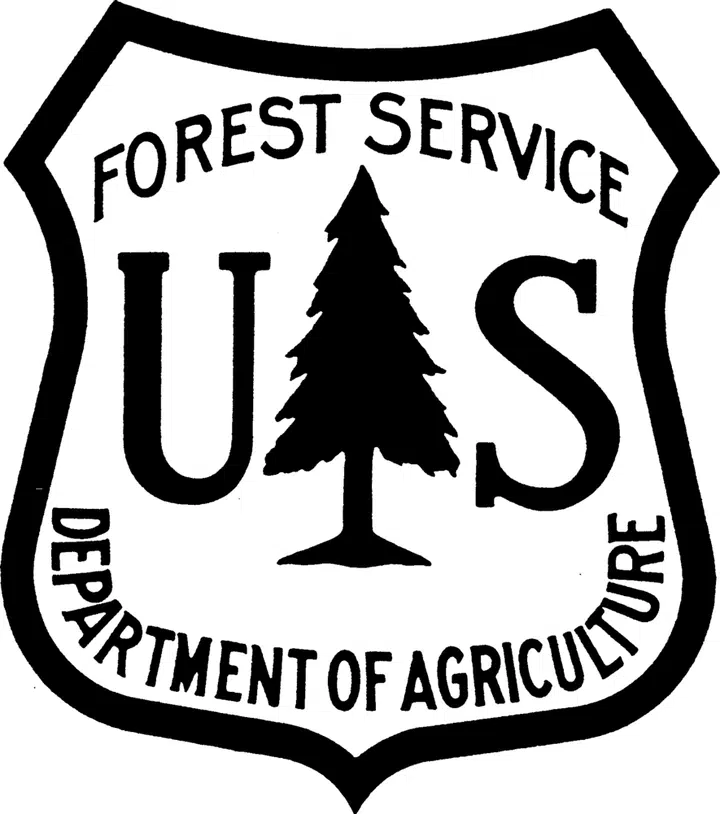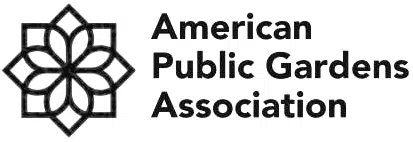
Among the countless plantings that delight and surprise visitors, one that never fails to garner attention when in bloom can be found at the northern entrance of the Myrtle S. Holden Wildflower Garden.
The delightful part is that in early summer, this broadleaved deciduous shrub with bright green leaves comes alive with showy rose-colored flowers, nearly two-inches wide, that guests often spot from quite a distance. Curiosity draws them closer, but the plant’s woody stems with peeling papery bark, and leaves that look like they belong on a maple tree, are baffling.
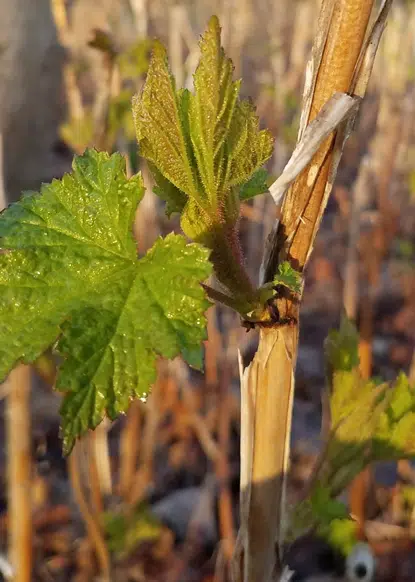
The surprise is that this thornless plant with cheery fragrant blossoms is Rubus odoratus – purple-flowering raspberry. A native to Eastern North America and host plant to the scribe moth, Rubusodoratus attracts butterflies, native bees and many other pollinators.
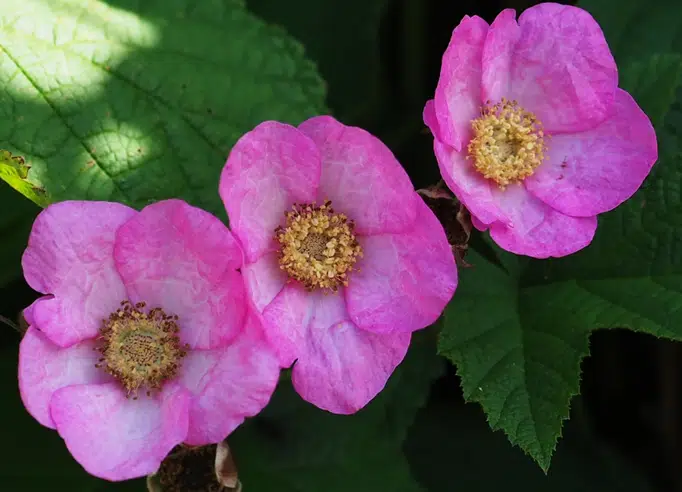
The berries of purple-flowering raspberry mature in late summer to early fall and are edible. Unlike its less showy and more brambly relatives, however, its fruit is somewhat grainy, dry, and best left to our songbirds and small mammals as a valuable food source.
Although Rubus odoratus has a long summer bloom period extending through August, its initial grand display is soon upon us and not to be missed!

Lorinda Laughlin
Arboretum Gardener




